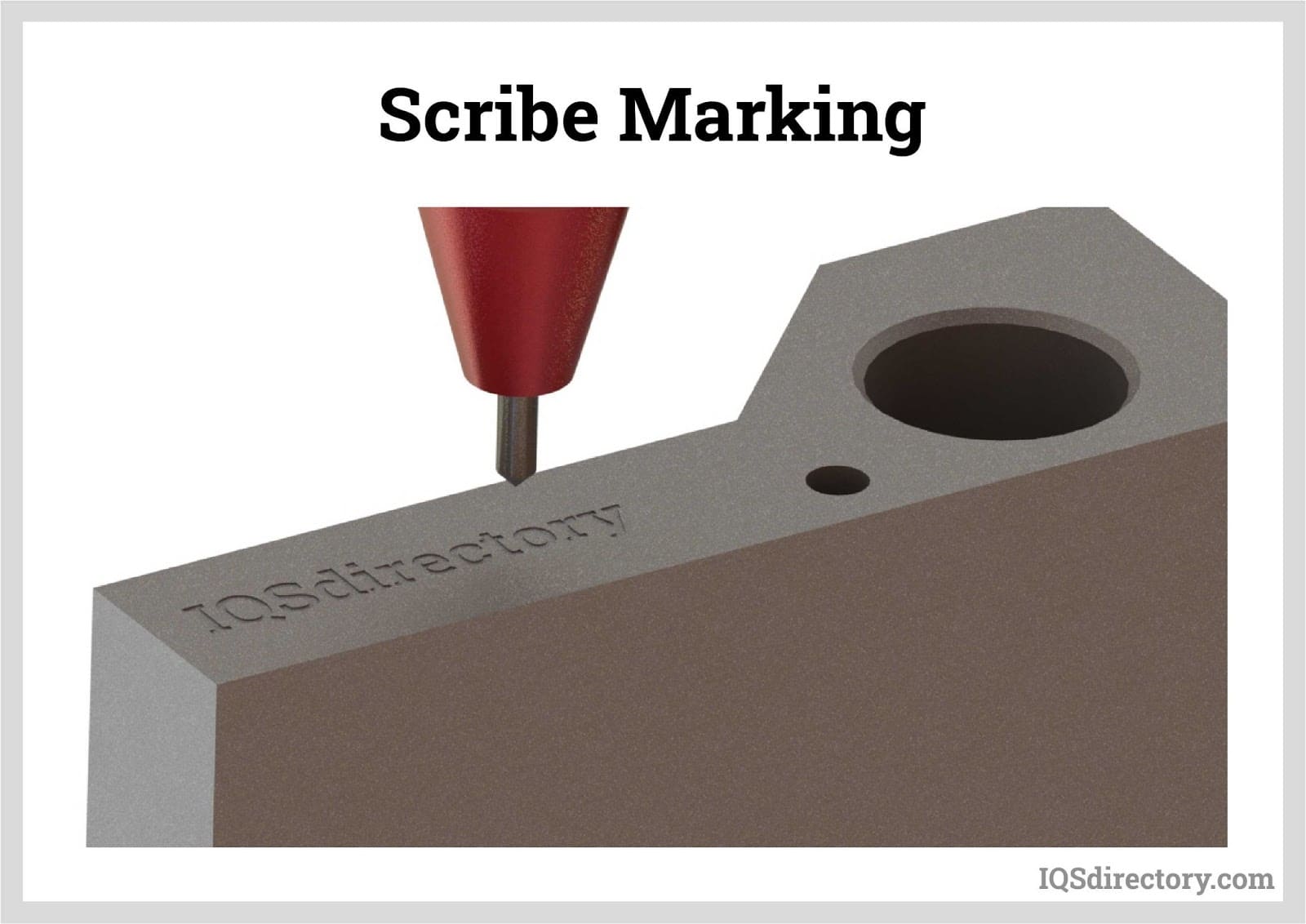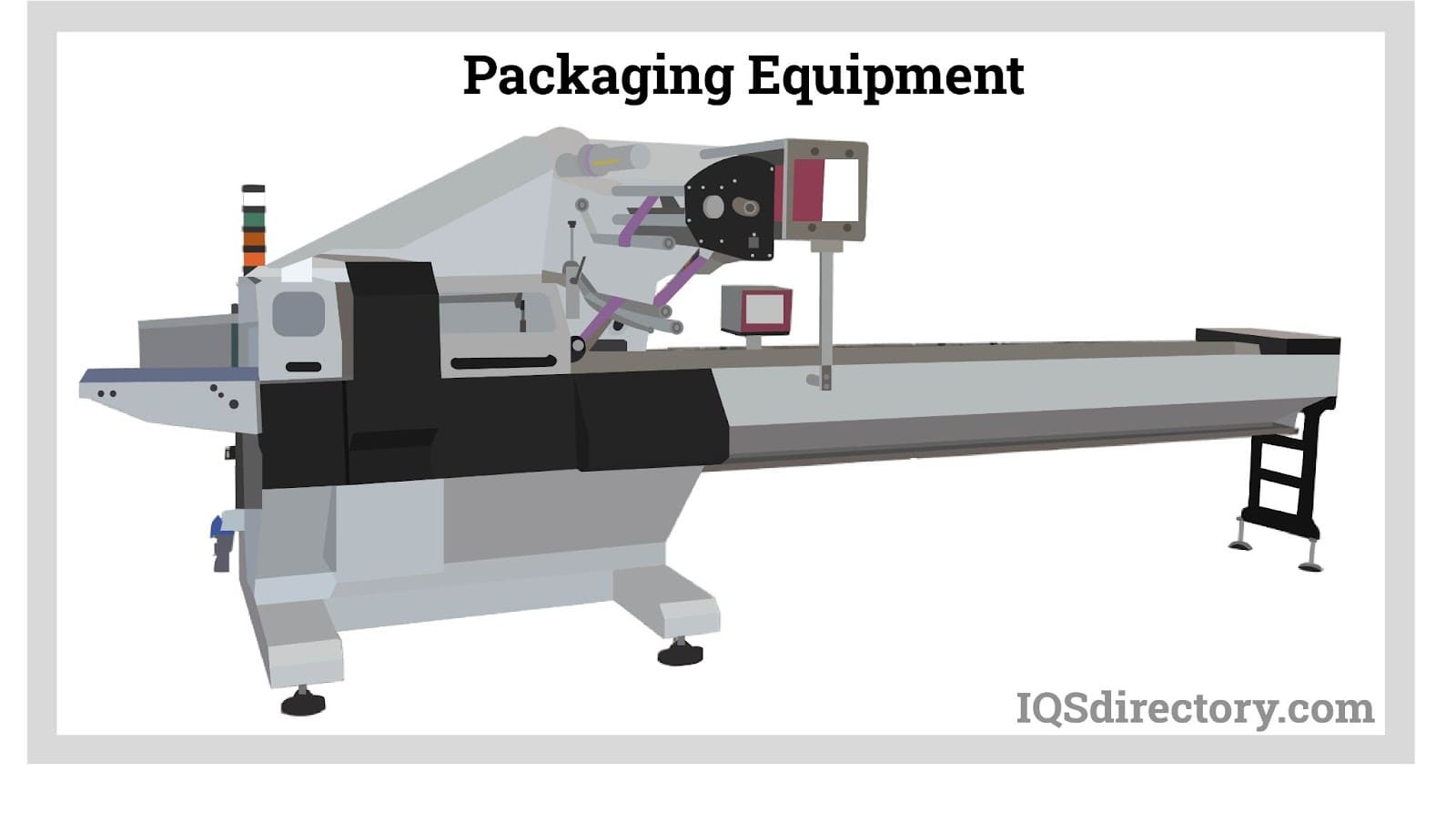Software is a collection of computer algorithms, programs, and files that support the program and produce data. On the other hand, hardware is what the system is made of and what does work. A vision system’s preliminary design, construction, and operation tools are software programs. The executable code that makes up vision software is written at the lowest possible level of programming and is supported by a single processor. Read More…
When it comes to machine vision systems, we have the tools to get the job done right. We work hard to provide the best solutions and products to meet our customers’ demand. It is our goal to work with you from start to finish on all aspects of design and production. We will do our best to provide the solution to even your most challenging requirements. Find out more by contacting us today!

Our machine vision systems are used around the world in millions of applications. We believe in creating products that work, and our customers trust us to create innovative and effective designs they can rely on. You will find that we face even the most difficult challenges with ease. Contact us today to learn more about how we can help you!

At Six Sigma Concepts, LLC, we specialize in designing and integrating advanced machine vision systems that bring precision, consistency, and intelligence to modern manufacturing. We combine engineering expertise with cutting-edge imaging technologies to deliver custom vision solutions that automate inspection, measurement, and process control with remarkable accuracy.

Edmund Optics is a leading optical manufacturer, offering world-class components, assemblies, and services. We can design custom lenses, optical prisms, beamsplitters, optical filters, windows, and laser optics, while offering a range of single/multi-layer coating options.

More Vision Software Manufacturers
High-level programming languages are used to create the majority of vision software. Because they are more similar to normal languages than machine languages, they are simpler and more effective for programmers. Compilers, interpreters, or a combination of the two are used to translate high-level languages into machine language. Low-level assembly language may also be used in writing vision software, which is converted into machine language by an assembler and closely resembles the computer's machine language instructions.
The user interface, developer interface (DI), and algorithms are the three primary parts of machine vision software (UI). The procedures and methods necessary to solve the vision problem are specified in the developer interface, also known as the design-time interface. The final component is the user interface, which is what users view. The user interface is typically simple and apparent for individuals who need to become more familiar with machine vision software. Although the DI and UI can sometimes be identical, the DI is frequently locked to guard the underlying mechanisms against human interaction.
A key element of industrial automation, vision software is implemented in machinery that uses machine vision. Modern AI techniques called machine vision enable industrial machinery to see and analyze jobs for smart manufacturing, quality control, and worker safety.

Vision Software Applications in Machine Vision
- Vision software is the backbone of smart manufacturing.
- Vision software is found in logistics and operations used in many applications, such as smart driving and the recognition of traffic lights ahead.
- In addition, machine vision cameras are embedded with the vision software and can recognize colors or face detection for security reasons.

- Embedded IoT sensors and industrial PCs can bring intelligence.
- Analysis, and efficiency for every manufacturing process step
- In pharmaceuticals, machine vision checks product contents, packaging, and labeling for quality assurance.
- Vision software is also applied in:
- Vision-guided robots
- Defect detection
- Absence/presence detection
- Traceability
- Bar code reading
- Sorting
- Part verification
- Automated vision testing and measurement
- Pattern matching
- Optical character recognition and verification

Benefits of Vision Software in Smart Manufacturing
Vision software can analyze data from cameras, microphones, and sensors built into industrial machinery and PCs. Artificial intelligence (AI) is used in vision software to identify flaws and wear indicators before failure, allowing for planned preventive maintenance to reduce unplanned downtime and distribute maintenance expenditures over time.
One significant advantage of implementing machine vision in operations is improving worker health and safety. AI-powered computer vision can ensure that employees keep their distance from one another and wear the appropriate safety gear. Robots and machinery equipped with machine vision software can interact and analyze human behavior to help stop accidents before they happen. They can automatically shut down equipment or alert the operator if a condition is unsafe, lowering the risk for your staff and your business.
To ensure safe use and storage, AI in vision software may identify and track items in video streams, alert management if assets cross a predetermined border, and more.
When processing an image, machine vision software often goes through multiple steps. For example, most machine vision software initially manipulates the image to remove noise or turn various shades of gray into a short black-and-white combo. Next, the software will count, measure, and or detect items, dimensions, flaws, or other aspects in the image once it has been simplified. Finally, the software approves or rejects the component based on predetermined criteria.
If a component malfunctions, the machine vision software may instruct a mechanical device to reject the component, or the system may shut down the manufacturing process and alert a worker.
The software can help mechanical modeling during the initial design phase and mimic the expected behavior of optics and lighting, enabling the early detection of potential system defects. In addition, the software checks every imaging component's compatibility during installation, enabling flawless synchronization with other system components like conveyors, robotic arms, and motion devices. Last, the software must rectify, process, and analyze images to guarantee that the vision system's output meets inspection standards.
Disadvantages of Vision Software
- The vision software can have bugs which, in turn, cause the malfunctioning of the machines.
- Vision software can be affected by software viruses leading to reduced production.
- The artificial intelligence in the software can learn, grow and implement its line of code, which is not required.
- Vision software requires constant updating to keep the functional properties.
Choosing the Right Vision Software Supplier
To make sure you have the most constructive outcome when purchasing Vision Software from a Vision Software Supplier, it is important to compare at least 6 Companies using our list of Vision Software companies. Each Vision Software Company has a business profile page that highlights their areas of experience and capabilities and a contact form to directly communicate with the manufacturer for more information or request a quote. Review each Vision Software business website using our proprietary website previewer to get an idea of what each company specializes in, and then use our simple RFQ form to contact multiple Vision Software companies with the same quote.












 Calibration Services
Calibration Services Clean Rooms
Clean Rooms Data Acquisition Systems
Data Acquisition Systems Dynamometers
Dynamometers Environmental Test Chamber
Environmental Test Chamber Leak Detectors
Leak Detectors Load Cells
Load Cells Machine Vision Systems
Machine Vision Systems Scales
Scales Thermocouples
Thermocouples Castings & Forgings
Castings & Forgings Bulk Material Handling
Bulk Material Handling Electrical & Electronic Components
Electrical & Electronic Components Flow Instrumentation
Flow Instrumentation Hardware
Hardware Material Handling Equipment
Material Handling Equipment Metal Cutting Services
Metal Cutting Services Metal Forming Services
Metal Forming Services Metal Suppliers
Metal Suppliers Motion Control Products
Motion Control Products Plant & Facility Equipment
Plant & Facility Equipment Plant & Facility Supplies
Plant & Facility Supplies Plastic Molding Processes
Plastic Molding Processes Pumps & Valves
Pumps & Valves Recycling Equipment
Recycling Equipment Rubber Products & Services
Rubber Products & Services